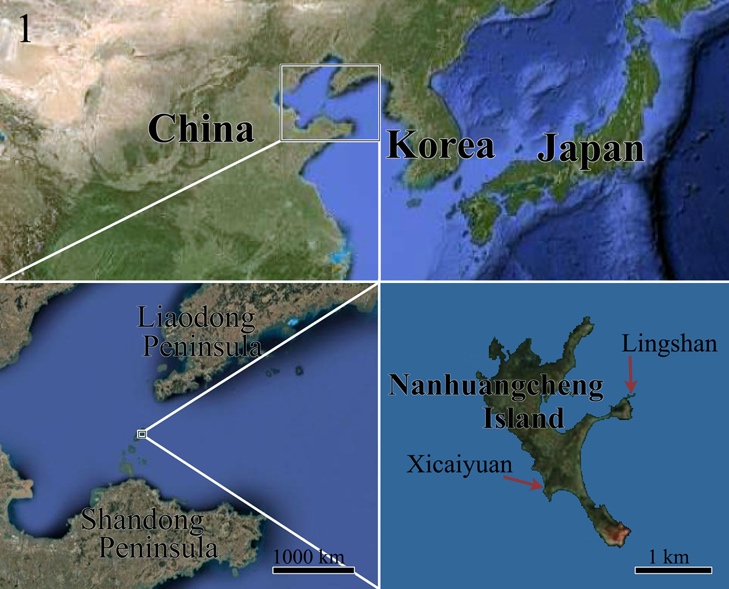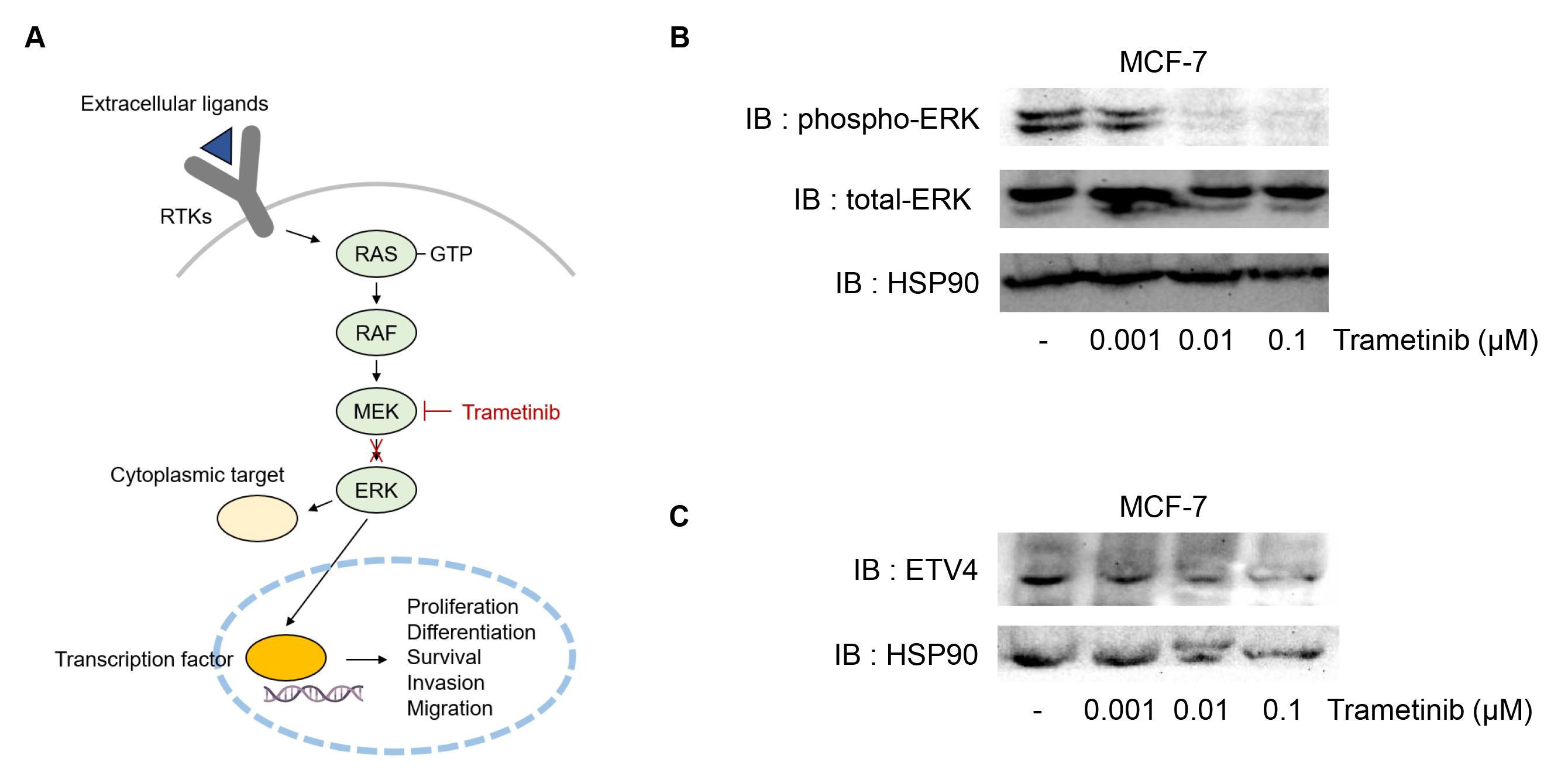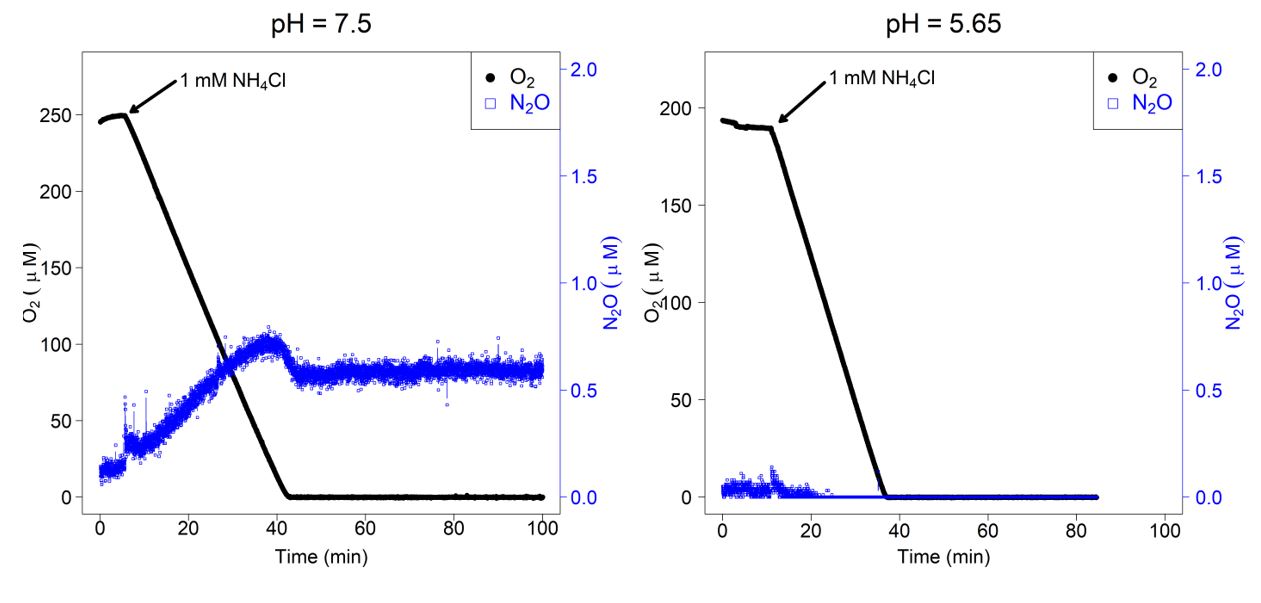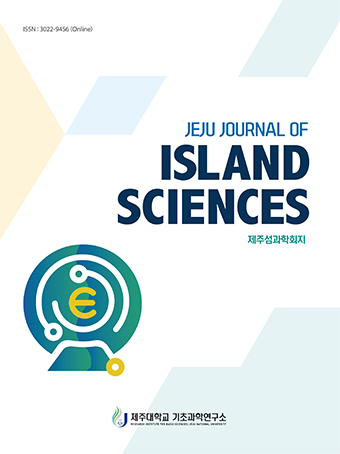-
Research Article
- A new record of Coilodesme Japonica (Ectocarpales, Phaeophyceae) from China
- Changle Wu, Yongqiang Wang, Yuhang Li, Dahai Gao, Yanxin Zheng, Bo Li, Xu Gao, Zhongmin Sun
- The brown alga Coilodesme japonica Yamada (Ectocarpales, Phaeophyceae) was detected in China for the first time. The thalli are epiphytic on Sargassum …
- The brown alga Coilodesme japonica Yamada (Ectocarpales, Phaeophyceae) was detected in China for the first time. The thalli are epiphytic on Sargassum horneri, hollow, and saccate, measuring 4.7-40 cm in length, 0.5-3.5 cm in width. To accurately identify the specimens, genetic analyses were conducted based on the sequences of the rbcL, cox1, and cox3 genes. Morphologically, C. japonica can be distinguished from its closest phylogenetic relative, C. californica, by its smaller size and fewer cortical and medullar layers. It is suggested that this species is an invasive one and might have been introduced relatively recently. - COLLAPSE

-
Research Article
- Targeting ETV4 in ER-positive breast cancer: Anti-tumor effects of MEK1/2 inhibition with trametinib
- Dasom Kim, Ji Won Kim
- Estrogen receptor (ER)-positive (ER+) breast cancer is one of the most common subtypes of breast cancer, but resistance to current therapies remains …
- Estrogen receptor (ER)-positive (ER+) breast cancer is one of the most common subtypes of breast cancer, but resistance to current therapies remains a significant clinical challenge. ETV4, a member of the ETS transcription factor family, has been implicated in promoting tumor progression and therapy resistance. In this study, we investigated the effects of the MEK1/2 inhibitor trametinib on ETV4 expression and its downstream anti-cancer effects in ER+ breast cancer cells. Notably, trametinib, as an FDA-approved MEK1/2 inhibitor, has demonstrated clinical efficacy in various cancer subtypes. In the MCF7 cell line, an ER+ breast cancer model, trametinib treatment significantly reduced ETV4 transcription, which was accompanied by decreased cell proliferation, 3D spheroids growth. Additionally, the level of ETV4 was elevated as MCF-7 cells acquired resistance to tamoxifen, correlating with an increased rate of cell proliferation. This suggests that the upregulation of ETV4 protein may represent a key molecular mechanism driving enhanced cell growth associated with tamoxifen resistance. Mechanistically, trametinib-mediated ETV4 suppression was associated with the downregulation of key oncogenic pathway, including mitogen-activated protein kinase (MAPK) signaling. Our data highlights the critical role of ETV4 in ER+ breast cancer progression and suggests that targeting ETV4 via MEK inhibition with trametinib may serve as a promising therapeutic strategy. - COLLAPSE

-
Research Article
- Effect of pH on the activity and N2O production of comammox Nitrospira inopinata
- Shurong Liu, Man-Young Jung
- A recent study showed that N2O production by ammonia-oxidizing archaea (AOA) was accompanied by the upregulation of a putative cytochrome …
- A recent study showed that N2O production by ammonia-oxidizing archaea (AOA) was accompanied by the upregulation of a putative cytochrome P450 NO reductase at pH 5.5. Hence, enzymatically mediated denitrification might play a significant role in N2O emissions by AOA in acidic environments. Since the N. inopinata genome also encodes putative cytochrome P450, we want to know more about NO and N2O production by comammox at different pH conditions. First results demonstrate that N. inopinata tolerates a broad pH range from 5.5 to 9, even at the lowest pH 5.5, where complete ammonia oxidation was not observed, but showed approximately 20% ammonia oxidation at optimal pH 7.5. Interestingly, microrespirometry experiments indicate a decreasing N2O production at low pH. This may explain the lower N2O production (e.g., from abiotic NH2OH decomposition) at low pH. This study on comammox is currently being continued to further monitor and explain the changing NO and N2O production at low pH. We expect to gain urgently needed insights into nitrogen compound conversions and greenhouse gas production by comammox under different environmental conditions. - COLLAPSE

-
Review
- Pharmacological profiles of Gynostemma Pentaphyllum: A therapeutic candidate from Jeju
- Chan-Hyuk Kwon, Hyoji Choi, Sumi Lee, Min Woo Ha
- Gynostemma pentaphyllum, a distinctive plant species that thrives in the unspoilt natural environment of Jeju Island, is referred to by some …
- Gynostemma pentaphyllum, a distinctive plant species that thrives in the unspoilt natural environment of Jeju Island, is referred to by some as “the poor's ginseng”. This plant has long been highly valued for its distinctive flavor and numerous health benefits, including antioxidant, anti-inflammatory, and immune-boosting properties. Its pharmacological potential is currently being assessed using modern analytical approaches, and in this paper, we review the findings of recent pharmacological research conducted from 2022 to the present on the bioactive compounds of G. pentaphyllum from Jeju and their efficacy. It is anticipated that unlocking the molecular secrets of nature's gift to this barren island will lead to the development of new medicines from Jeju. - COLLAPSE




 Jeju Journal of Island Sciences
Jeju Journal of Island Sciences








